I’ve been playing The Legend of Zelda: Tears of the Kingdom for more than two weeks for this review, and I still don’t understand how Nintendo made it.
Zelda games are always special, but Breath of the Wild was something else entirely: a repudiation of a rote open-world genre defined by regurgitated gameplay and icon-filled maps. It was evidence that if developers would only trust players, they could find the magic hidden in these worlds themselves. They didn’t need to be pointed in every direction at all times.
Breath of the Wild wasn’t a revolution, but it was a revelation. It was a reminder that just because something is a certain way doesn’t mean it should remain that way. There are always boundaries to push for those with the talent, ambition, and resources to do so.
The Legend of Zelda: Tears of the Kingdom is so good that it does this and more. While playing BotW is still a worthwhile experience, TotK renders its predecessor obsolete in many ways. Nintendo has done this with direct sequels before by simply refining what was already there, and while Tears of the Kingdom is built on the world Breath of the Wild established, it’s also its own game. And it’s a triumph.
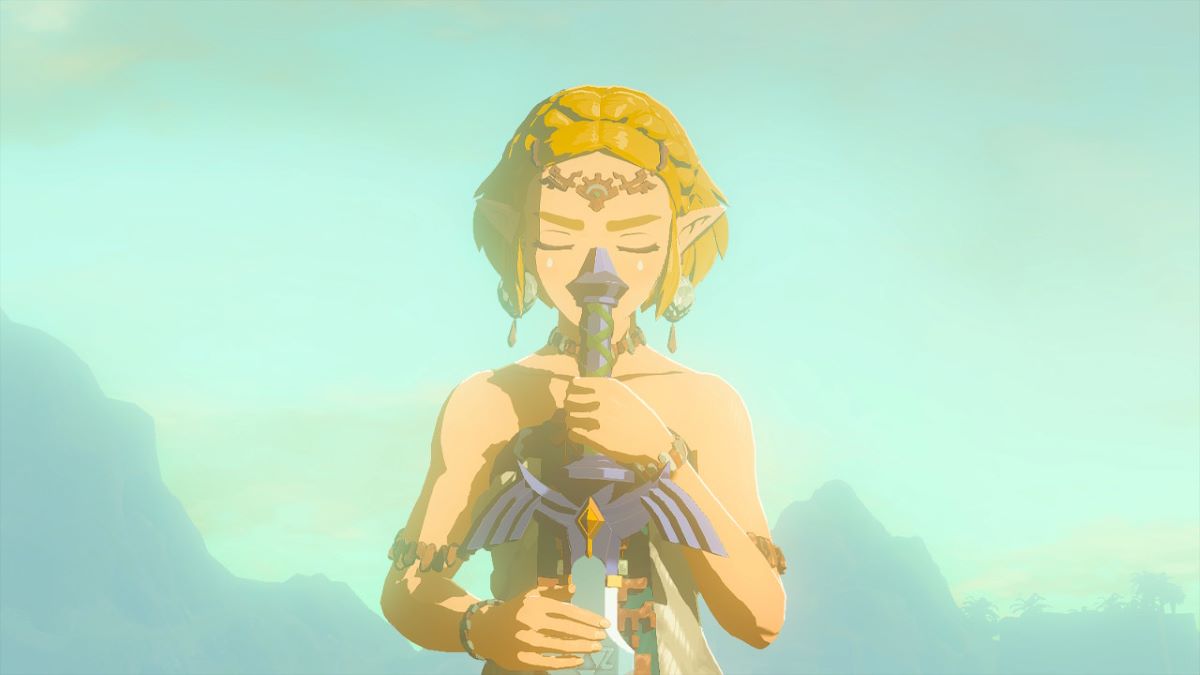
On the surface, Tears of the Kingdom follows some pretty standard Zelda tropes. There’s a princess to save and a Ganondorf to beat into the ground. Like Breath of the Wild, much of the plot is delivered through cutscenes you have to discover by reaching specific places on the map and solving a puzzle.
The story that’s told here is easily one of the most interesting (and frankly, capital-B bonkers) I’ve ever seen in a Zelda game. I’m glad Nintendo made these decisions. Once I could, I found myself actively hunting down these cutscenes so I could learn what was going on, and once I finished one, I was almost always compelled to find the next one. Not a bad problem to have, especially when exploration is so much fun.
A lot of games have attempted to emulate Breath of the Wild’s success, but few other open-world games have been brave enough to let you explore its world without telling you about everything you can do. Tears of the Kingdom doesn’t fix what isn’t broken. You’ll still have to climb towers to fill in your map, but there are no icons once you do. Instead, finishing a tower launches you into the sky, allowing you to mark points of interest on your Purah Pad, Link’s Switch-shaped replacement for the Sheikah Slate.
There are no checklists, no running tally of what you have or haven’t done. There’s an enormous amount to see and do in Tears of the Kingdom — far more than in Breath of the Wild — but you’ll have to find it yourself. That means talking with folks at stables, in towns, and on the road, marking points of interest when you launch yourself from a Skyview Tower, or just finding things while wandering.
Tears of the Kingdom uses the same map as Breath of the Wild, but a lot has changed in the years between games. Hyrule Castle is floating in the sky, and a new town called Lookout Landing has been constructed just south of the Castle to monitor it.
Sleepy Hateno Village, once best known for its farming, has become the heart of Hyrule fashion and something of a tourist trap. Kakariko Village, home of the Sheikah, has had a bunch of Zonai ruins fall on it. Entire zones have changed, and characters have grown up. Hyrule looks and feels familiar but also much different, and it’s a joy seeing how things have changed in Link’s absence — and mine.
The main quest will take you straight to the parts of the world most affected by the Upheaval, but there’s a lot you won’t be guided to, as well. Half of the fun is seeing things for yourself. But the map isn’t just reworked; it’s also been expanded. Caves and wells now dot Hyrule’s landscape, and if you see it, you can explore it. I loved diving into a well or spelunking through a cave, sometimes fighting monsters, sometimes not, and finding a new piece of gear, a hoard of rupees, or just something cool.
Then there are the sky islands dotting the space above Hyrule, full of their own Zonai-filled rewards. Just getting to the sky islands — usually by launching yourself from one of the Skyview Towers — and seeing what’s up is fun.
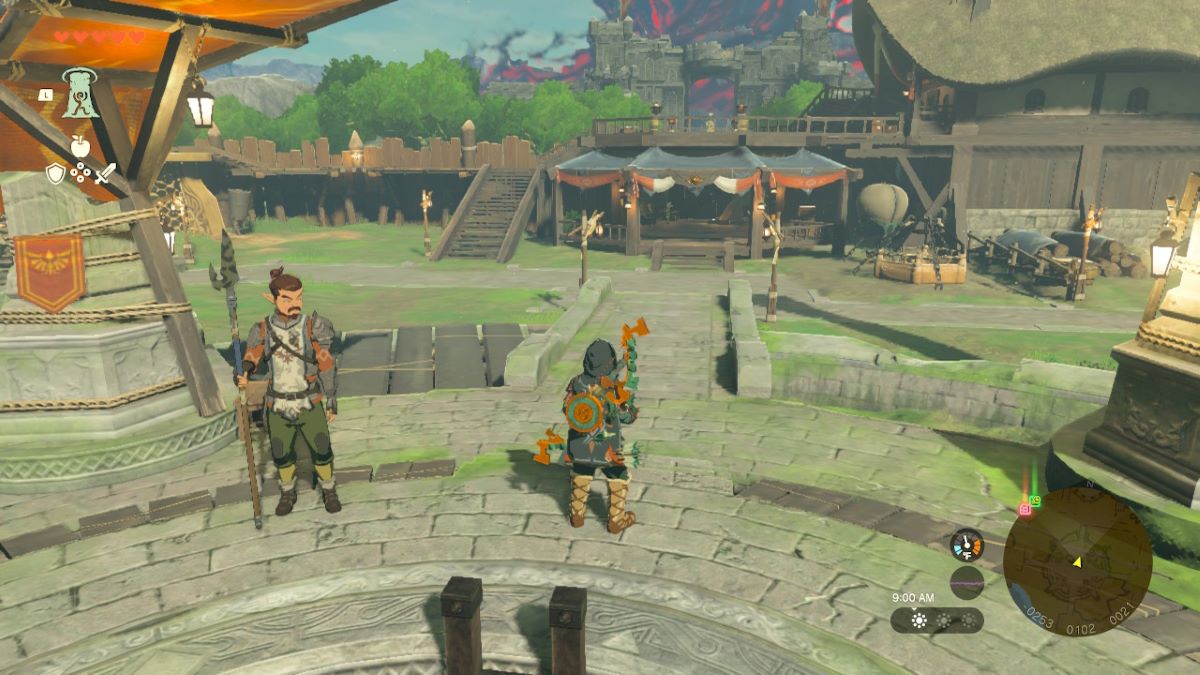
And if all that isn’t enough, you can jump down one of the many chasms opened by the Upheaval into the Depths, a completely new area that’s just as large as Hyrule itself. There aren’t a ton of quests or sidequests in the Depths, though they exist if you want to look for them. Instead, there are tons of monsters and resources to seek out.
The twist is that the Depths are pitch black. You can barely see without using something like a Brightbloom Seed to light the way. I often found myself exploring the Depths in complete darkness, at least until I ran into an enormous boss enemy named something like Frox, Scourge of the Depths, and ran screaming for my life because I couldn’t even see him well enough to defend myself.
The Depths is also home to the Gloom, the mysterious substance that has taken over a lot of Hyrule. When you take damage from Gloom or Gloom-infested enemies, your max health is reduced until you either eat a meal that counteracts those effects or find a powerful light source.
Going back to the surface is one way to accomplish the latter, but you can also find structures called Lightroots that both heal any Gloom damage you have and illuminate the nearby environment. They also make it appear on your map. If you want to find all of the hidden treasures the Depths have to offer, you’ll want to seek them out.
By far, the coolest part of this new area is that it’s seamlessly connected to the rest of the world map. I can’t tell you how many times I jumped from the top of a sky island, fell through the clouds, down to Hyrule itself, and into a chasm and into the Depths without ever stopping or encountering a loading screen. The fact that all of this is being rendered on the Switch — which is essentially just four GameCubes taped together — without any load times and only the odd frame drop feels like witchcraft.
Then, of course, there are sidequests to do, rare monsters to track down, hidden areas to explore, and Shrines to conquer on the surface. The latter return from Breath of the Wild, though there are far more of them — 152 to Breath of the Wild’s 120 — and have been completely redesigned to compliment Link’s new suite of abilities.
Shrines are mini-dungeons, asking you to solve puzzles and fight enemies to receive the coveted Lights of Blessing you earn for completing them. Once you collect four Blessings, you can take them to the Goddess statues scattered around Hyrule and trade them in for an extra heart or more stamina for climbing, swimming, and so on. It’s the same as the system in Breath of the Wild. The real difference is how you’ll solve the Shrines themselves with Link’s aptly named new abilities.
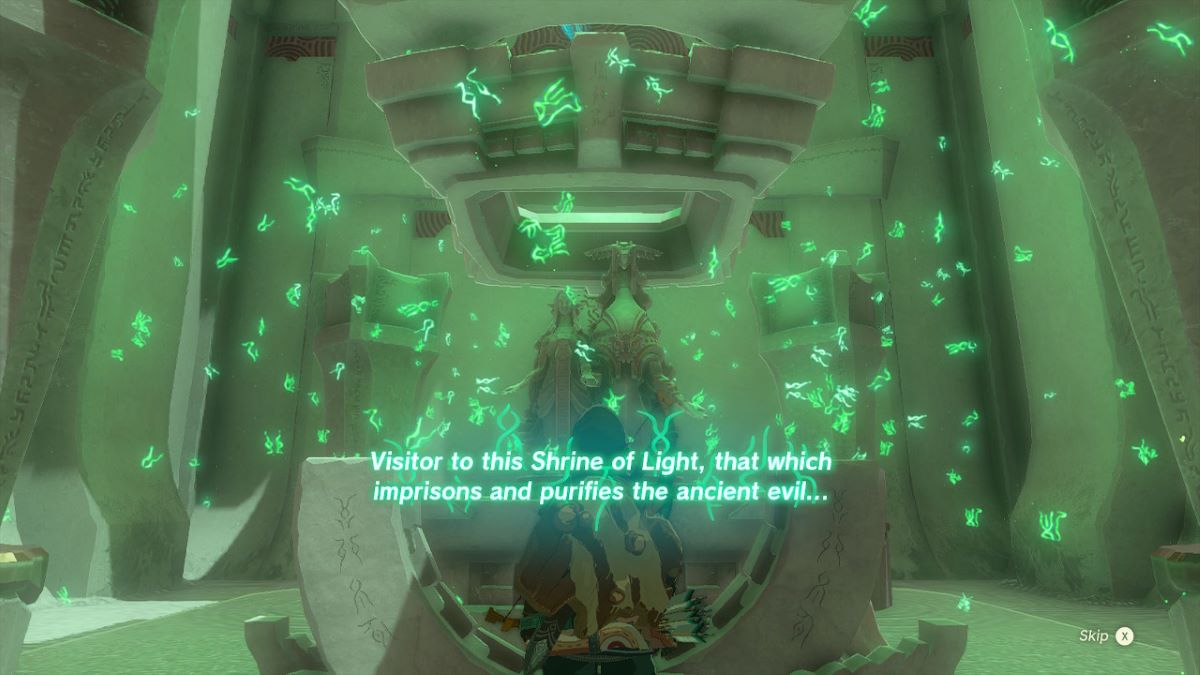
Fuse allows you to fuse any item to a weapon, shield, or arrow. The Upheaval has degraded all of Hyrule’s old weapons. They do less damage and break more easily, but you can solve a lot of these problems with Fuse.
Have a relatively weak wooden club? Attach a rock to it and use it as a makeshift sledgehammer. Not over the moon for the blade on your sword? Why not replace it with a Moblin horn? Or hey, maybe you’re just looking to attach a bomb flower to your arrows and go to town from a distance. Whatever you can think of, you can do, including the truly absurd, like attach a minecart to your shield and use it to grind rails while you shield surf like you’re Hyrule’s version of Tony Hawk.
There are no special weapons like fire or ice swords or exploding arrows in Tears of the Kingdom. But weapon durability, a controversial feature in Breath of the Wild, essentially no longer matters. It can still suck to lose a weapon you’re fond of, but who cares when you can just make a new one? It also means monster parts like horns are just blades waiting for hilts, so you can improvise extremely powerful weapons on the fly.
Next is Ascend, which allows Link to literally ascend through solid objects and reappear on top of them. You can Ascend through the roof of a cave to the top of a mountain or climb an otherwise unclimbable object by simply going through it. I didn’t always remember that I had Ascend early on, but it’s an essential tool for getting around and fighting enemies — you can Ascend through a Talus, for instance. Once you start approaching the world with it in mind, there’s almost nowhere you can’t go.
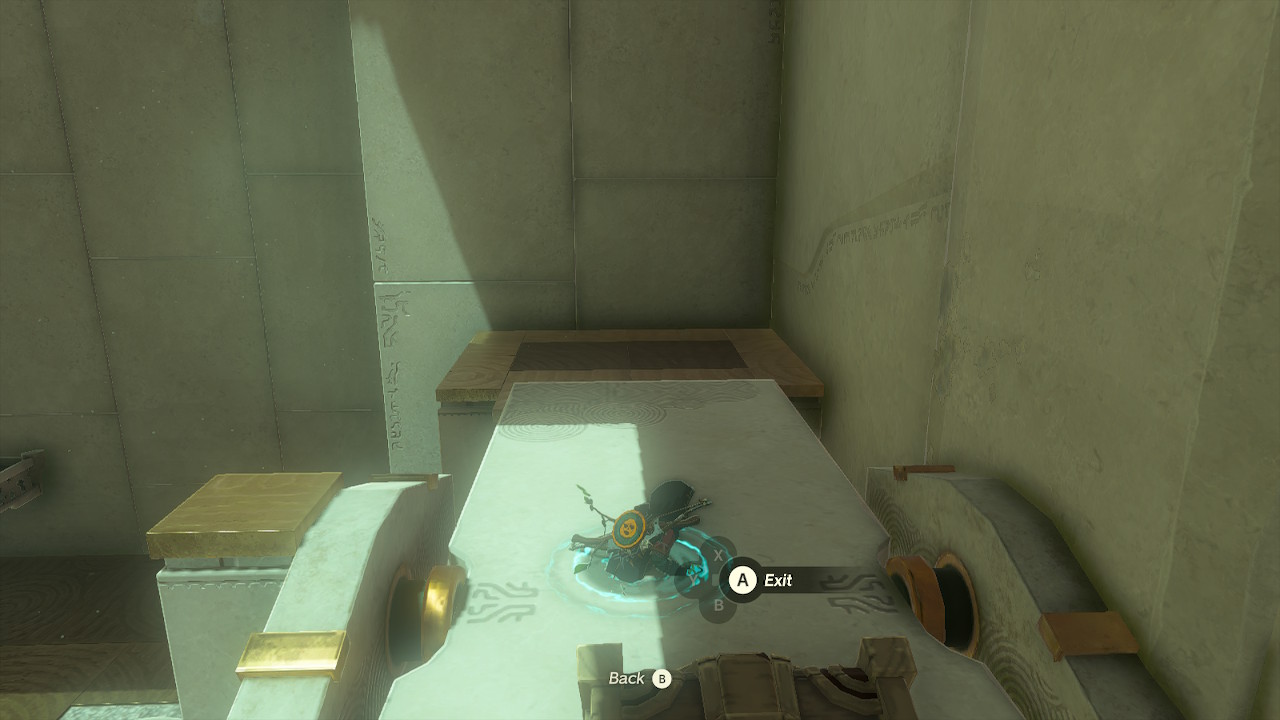
Then there’s Recall, which lets you move objects backward through time. Generally, you’ll use this to ride objects back where they came from or send enemy projectiles back to enemies. If you want to get to a sky island quickly, you can get on top of a piece of debris that just fell from the sky and Recall it back home. If an important item is floating away downriver, you can just Recall it.
But the most important new ability is Ultrahand, which allows you to pick up almost any object in the world, rotate it, and attach it to almost any other object to make all sorts of mind-blowing devices. The Ultrahand ability is supplemented by Zonai Devices, which are portable, powered objects you can carry around with you and activate with a whack from your weapon. They include Zonai Fans, fire hydrants, gliders, steering sticks, rockets, wheels, cooking pots, cannons, lasers, balloons — you name it.
The practical applications are almost limitless. You can fuse several logs together and attach a Zonai Fan to make a raft. You can attach a bunch of wheels and a steering wheel to some pieces of wood or stone and make a car. Attach some fans and a steering stick to a glider, and you’ve got a makeshift plane.
If that sounds a little wild, it’s because it is. You can build just about anything in Tears of the Kingdom if you have the right parts. I’ve built small mechs, hoverbikes, tanks, and more, and I’ve seen players build Metal Gears, podracers, carnival rides, lawnmowers, and capital-C Contraptions to torture enemies. The only limit is your imagination. And despite the complexity of the interlocking systems, building what you want is pretty easy, and there are plenty of materials to be had.
More importantly, the game also gives you the Autobuild function, which allows you to put together several pre-built schematics for the moments you’re not feeling super creative, and save your custom creations so you can just auto-assemble them when you need them.
I constantly did things I thought were ridiculous or impossible, and almost all of them worked. In a game so thoroughly designed around giving you choices, I can think of no higher praise.
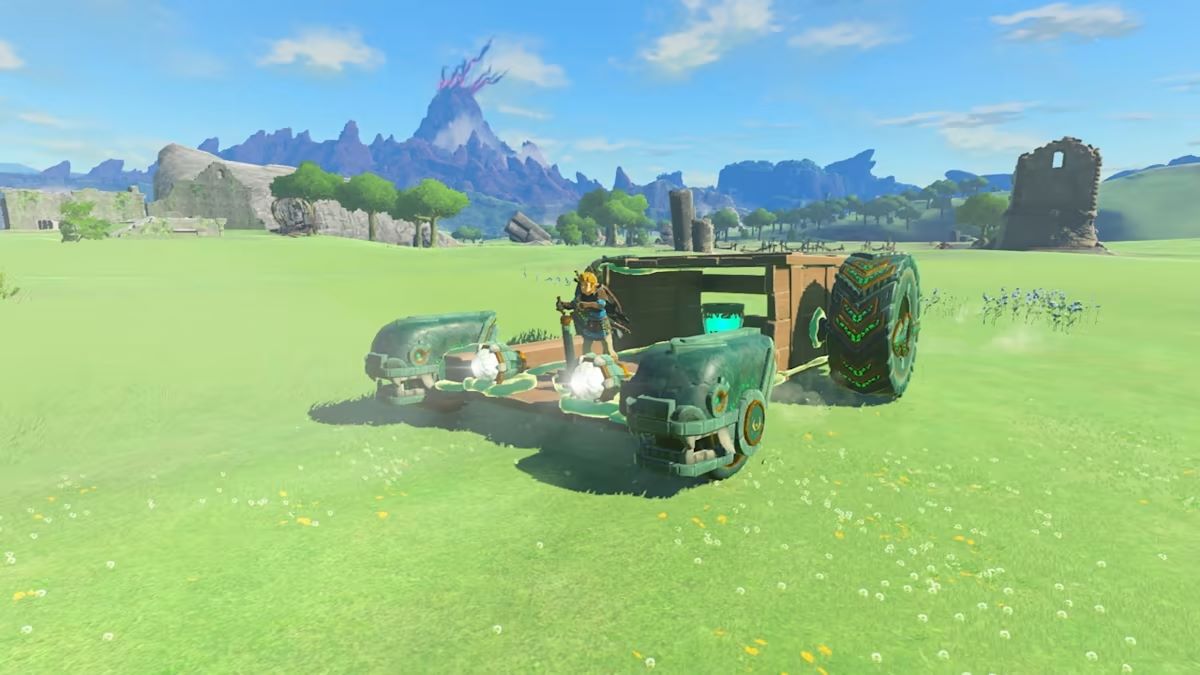
Nintendo also added a ton of new enemies to TotK. There are the returning Like Likes, the cave-ceiling crawling Horriblins, the newly armored Boss Bokoblins (whose armor you have to break before you can damage them), the intimidating Zonai Constructs who can also Fuse weapons together, and more.
You can also drop a weapon, shield, or bow if you open a chest with full inventory instead of being told your inventory is full. You don’t have to go into your menu, drop the item manually, and then re-open the chest. There’s a convenient recipe book that tracks how to make any variation of any kind of food or elixir you’ve ever cooked or been given.
The musical score, notably sparse in Breath of the Wild, is much more robust and, in my opinion, substantially better here. I could go on and on, but the point is the quality-of-life improvements in Tears of the Kingdom are immense.
And then there are the story dungeons.
Players complained that the Divine Beasts in Breath of the Wild weren’t true Zelda dungeons, and Nintendo has responded by making much more visually varied and thematically appropriate “temples” for you to traverse. They won’t scratch the itch of anyone who’s looking for a traditional, A Link to the Past or Ocarina of Time-style dungeon, but they’re a lot of fun to explore and make use of Link’s new powers well.
They also come with boss fights that feel unique. You’re not fighting four different versions of Ganon this time around. These fights are interesting and have to be approached differently, and they’re a highlight. Nintendo has also added new bosses to the overworld, too, so there’s no shortage of big new enemies to test yourself — and your Contraptions — against.
The fact that all of this works without any bugs that I could find (apart from the now-patched item duping glitches) and runs well on the Nintendo Switch, of all things, feels like nothing less than a miracle. The frames drop sometimes when you use the Ultrahand or when there’s lots of stuff on screen. It only runs at a maximum of 30 FPS, and it doesn’t hit a native 1080p. That said, Tears of the Kingdom looks fantastic thanks to excellent art design. It’s a tremendous achievement.
The Legend of Zelda: Tears of the Kingdom Review — The Bottom Line
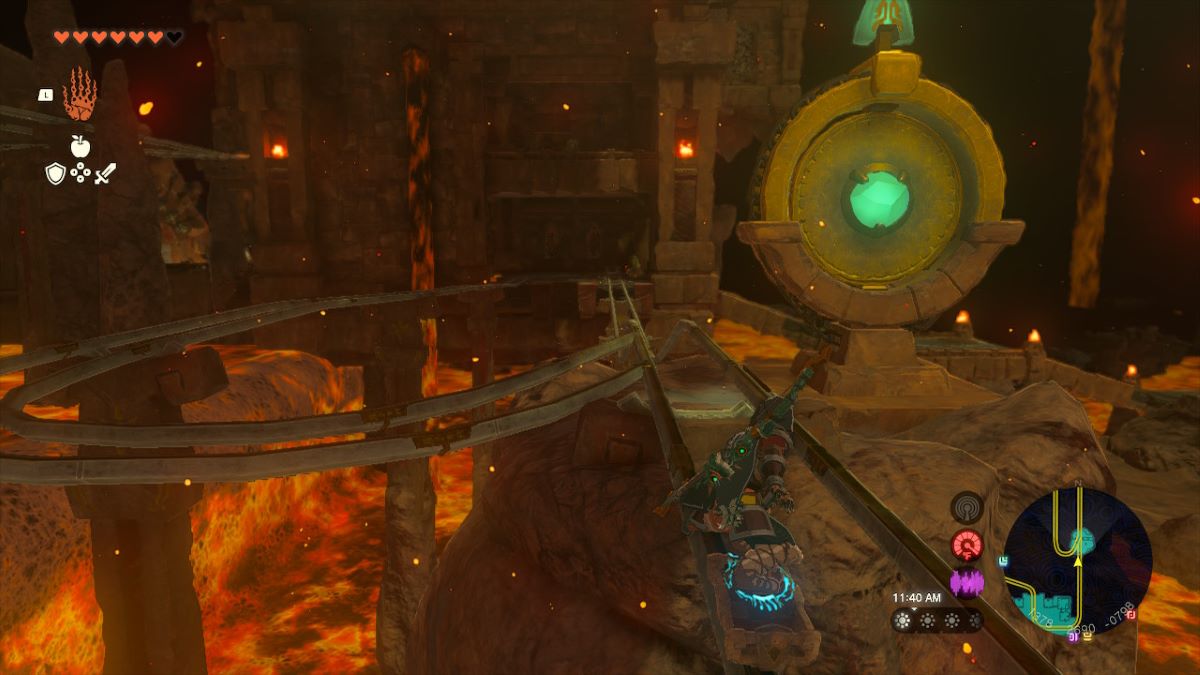
Pros
- A compelling story that subverts Zelda (many) tropes and goes to some wild places.
- An incredible new toolset for Link to play with that puts Breath of the Wild‘s to shame.
- Dungeons feel more Zelda-y, and there are numerous quality-of-life improvements.
- A tremendous amount of content to see and tons of new areas to explore.
Cons
- Occasionally drops frames during intense segments.
- Doesn’t run at 1080p when docked.
The Legend of Zelda: Tears of the Kingdom is one of the most impressive, creative video games I have ever played. I can think of very few games this daring, this polished, and this well-designed. Tears of the Kingdom so thoroughly delivers on almost everything it sets out to do while respecting the player the way few other games even attempt.
While its performance isn’t amazing, the fact that you can interact with just about everything in this world and all of it performs extremely complex physics interactions with everything else, I’m entirely not sure I care.
We’ll be talking about this game for the next decade, and it’s easily the new measuring stick for the open-world genre, the game against which all others will be judged. The question isn’t whether it’s one of the greatest Zelda games or one of the best games of this generation but whether it’s one of the best video games ever made, full stop.
In my opinion, the answer is yes. I’ve dumped dozens of hours into Tears of the Kingdom, and I am still in awe of it. It shouldn’t exist, and it certainly shouldn’t be this good. It transcends its hardware, the genre in which it operates, and the series that spawned it. It’s a masterpiece. It’s Zelda. And I can’t wait to see how Nintendo tries to top it.
[Note: Nintendo provided the Switch copy of The Legend of Zelda: Tears of the Kingdom used for this review.]







Published: May 31, 2023 02:29 pm